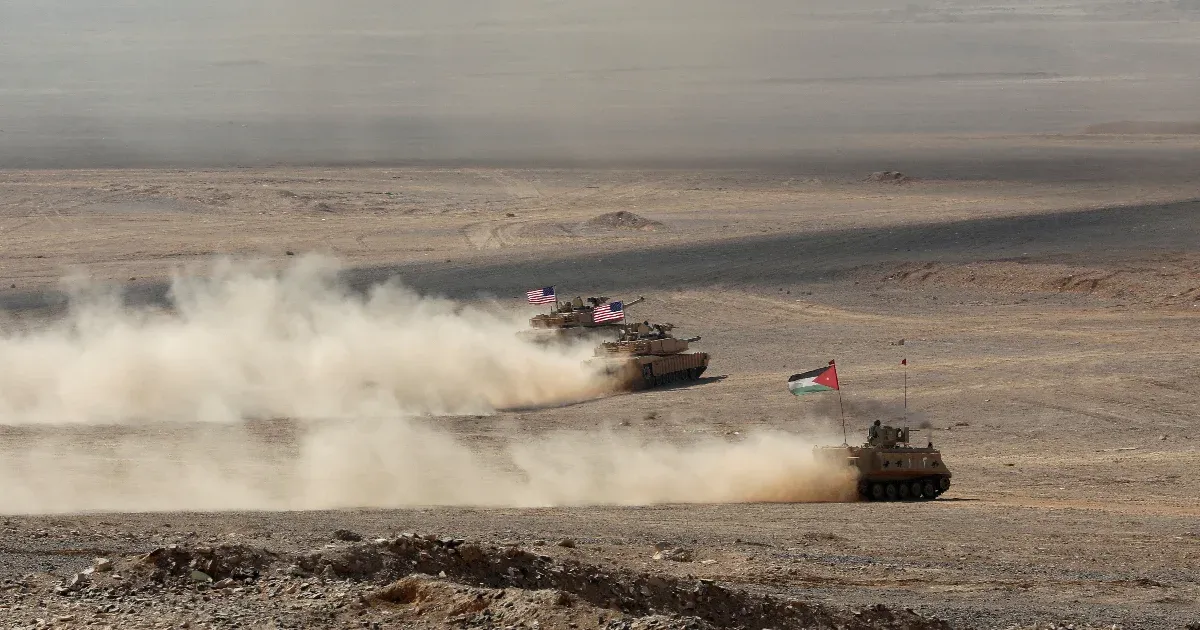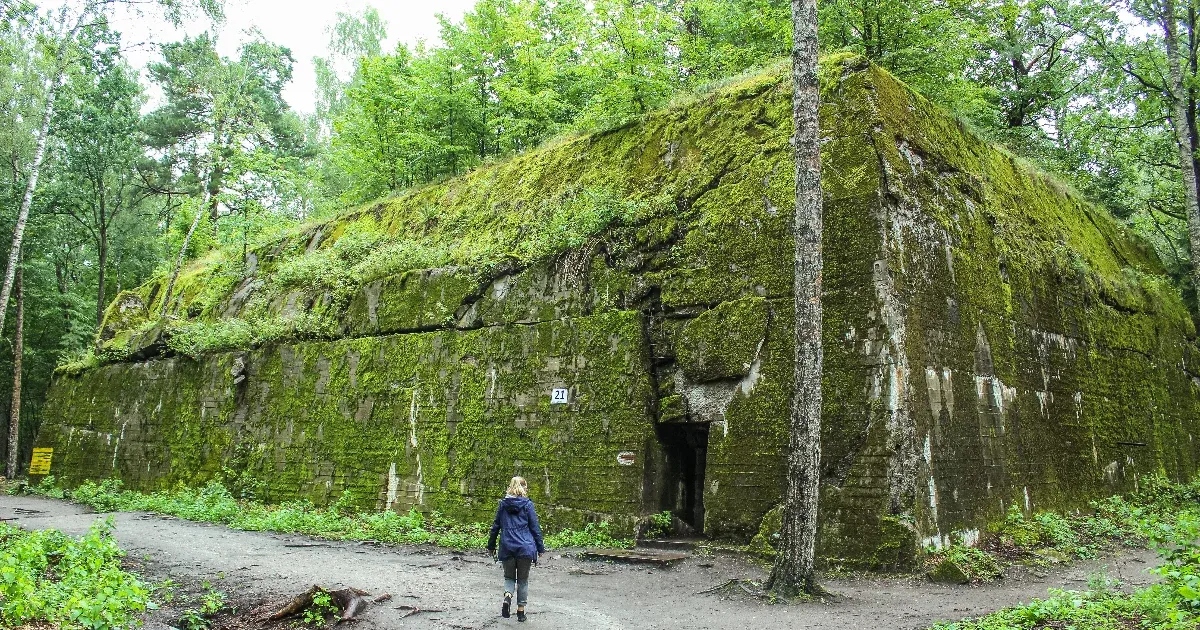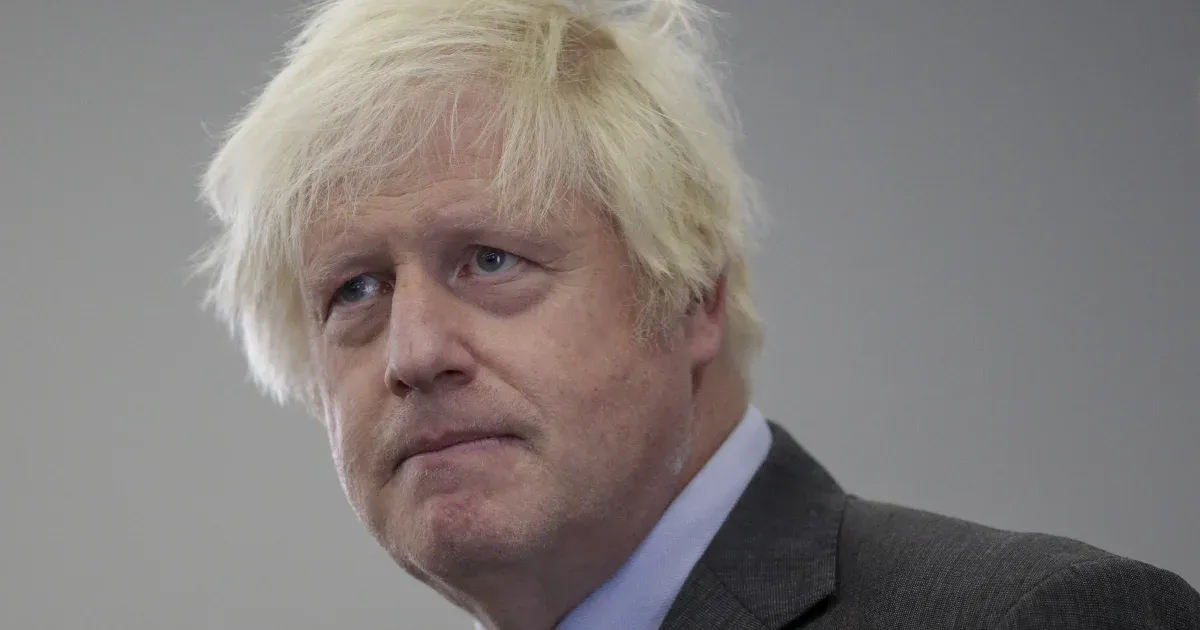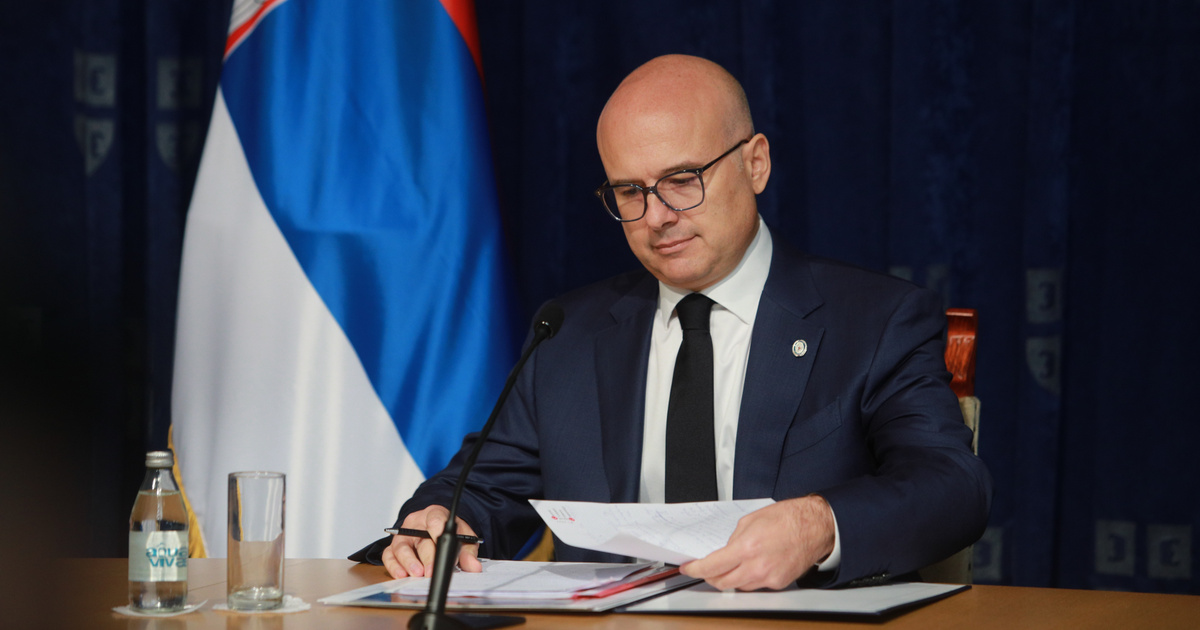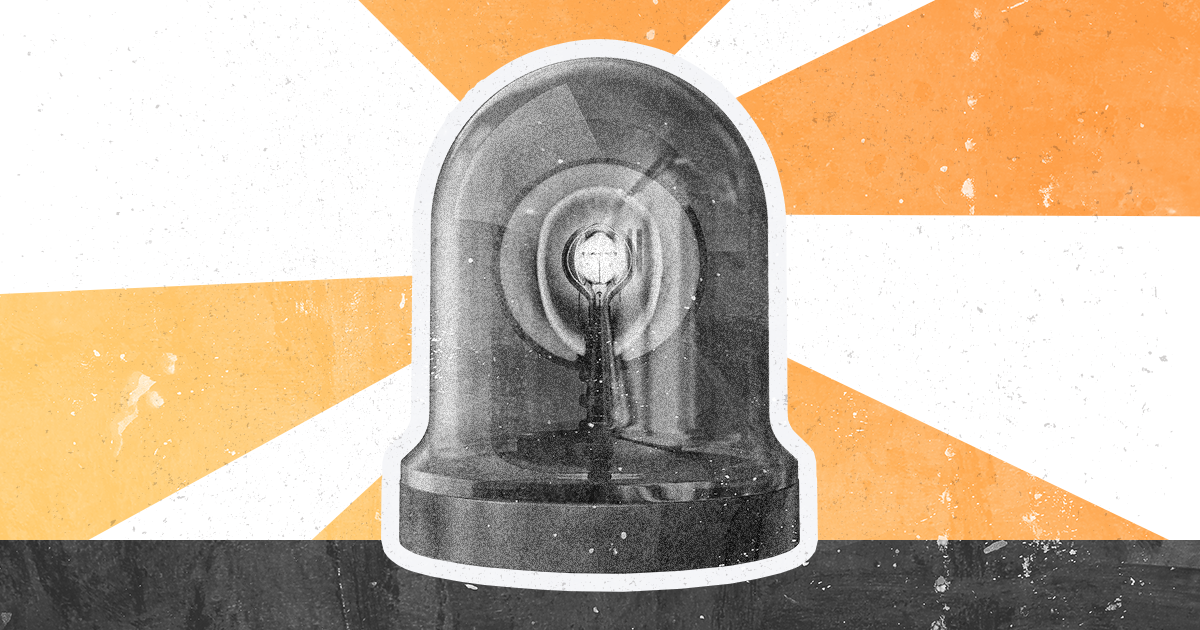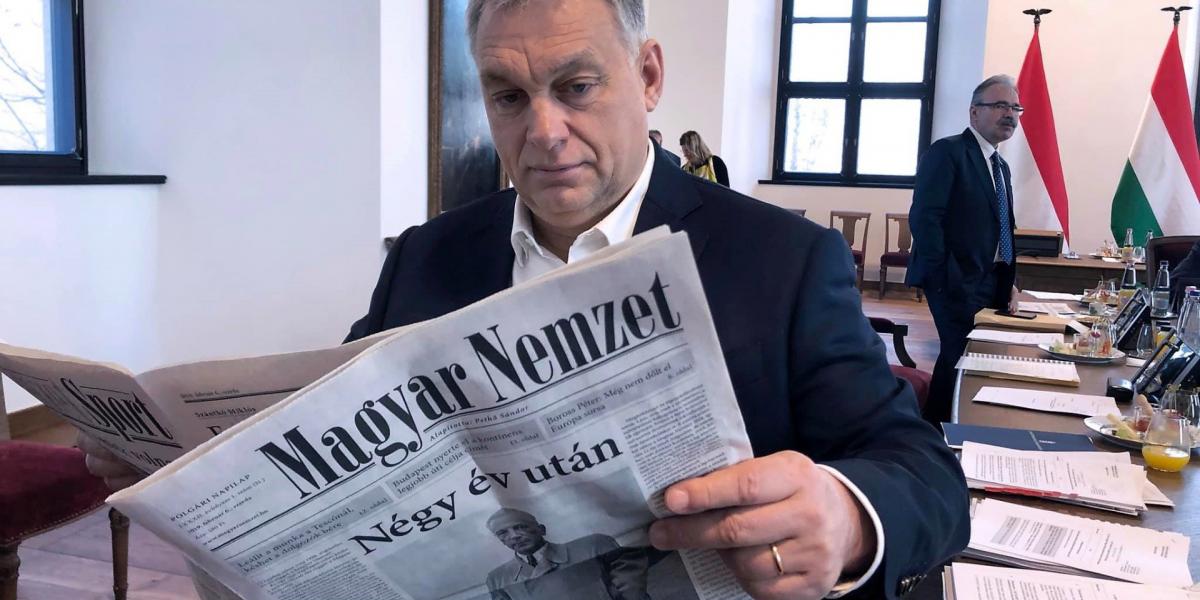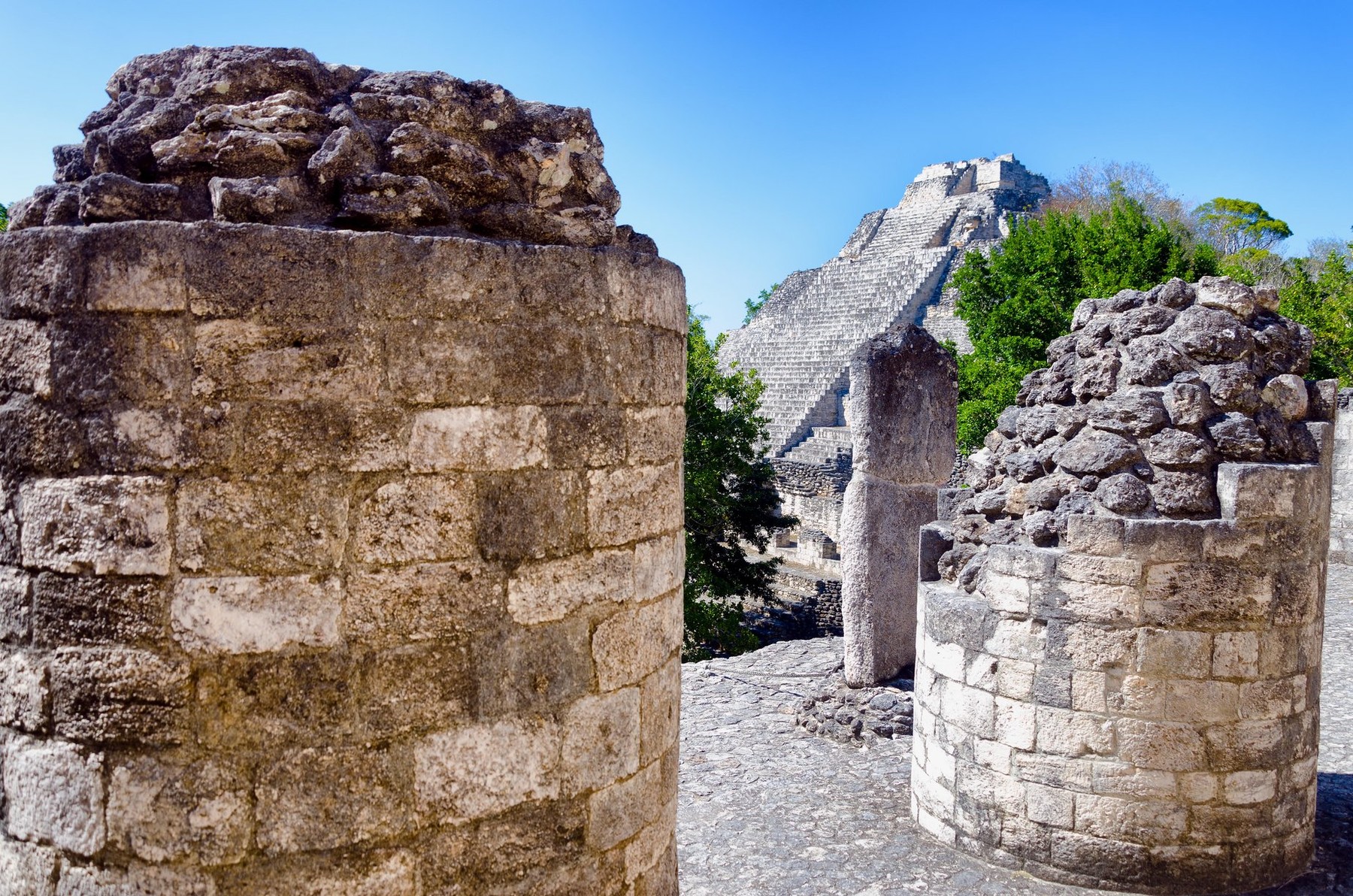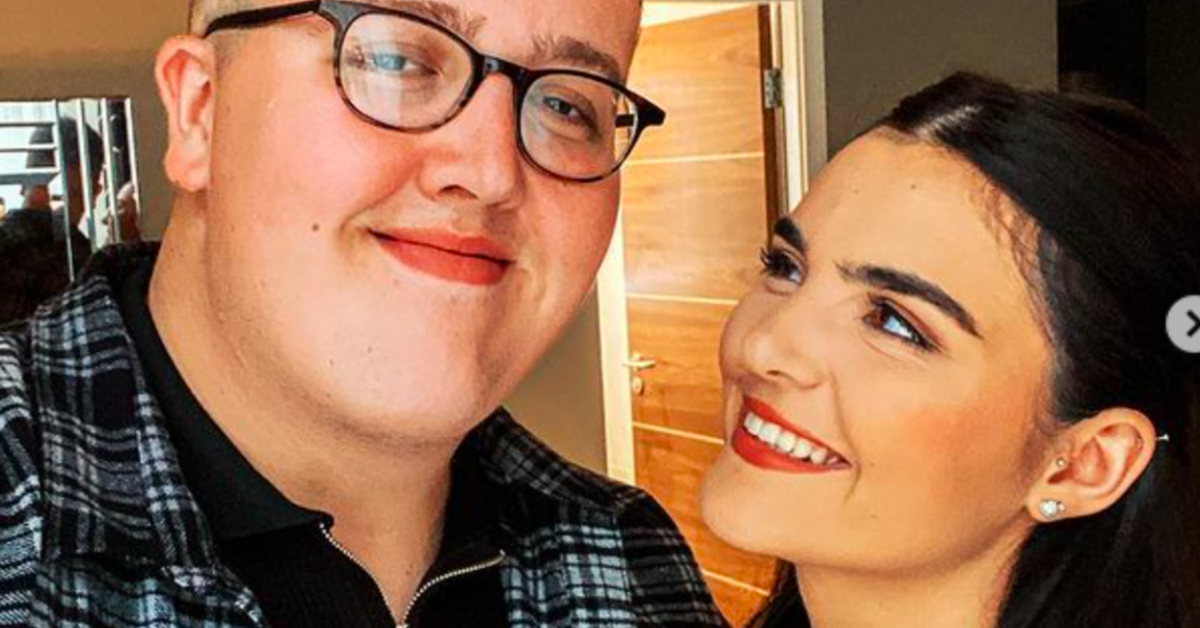The Secretary of State participated in the opening of the exhibition “The Closed House in Pictures – Ernie Weinstock's Photographs of Northern Transylvania between 1940 and 1944” at the Szekely National Museum. The exhibition focuses on photographs taken during the period of the so-called “Little Hungarian World”, when northern Transylvania was annexed, from which the photographer made and sold postcards of the city.
In her opening speech, Magdolna Zavogian said that the exhibition is “a professional scientific mission, and a celebration of responsible and successful strategic cultural cooperation.” He stressed that the opportunity to learn about national heritage is an inherent right of every citizen, and its implementation is “the noble mission of institutions dedicated to preserving and increasing our common assets.”
He said: Looking at and recalling the past is possible through a number of media, in which photography has a special place, because of its strong influence on the mind and emotions. He pointed out: The distinguished historian of the twentieth century emerges from the life of Erno Weinstock, as the “King of Postcards” lived throughout the entire century, and the storms of history awakened strength and determination in him.
“For me, this exceptionally rich work is a message that we can experience even the most difficult circumstances as opportunities, and if we cannot be creators of an era, we can be its chroniclers,” said Magdolna Zavogian.
He highlighted the professional knowledge of the photographer and his tireless efforts, with which he trusted the Carpathian homeland, its “tragic and happy moments.” “The guiding thread of his life and work is patriotism above all,” he noted. He noted that in all its forms shines sincere admiration for his dear homeland, his nation, his society and his Carpathian homeland, which is nourished from the depths of the heart and soul.
He stressed that Weinstock's priceless legacy is housed in the Open Air Ethnography Museum and the Szekely National Museum, because it is “indeed in the heart and soul of the nation.”
Mihaly Varga, Director of the Szekely National Museum, reminded us that the cooperation with the Ethnographic Museum of Zapadtir has been going on for more than a decade, which also supports and promotes the professional development of Szekely experts.
“We got an exhibition from them that, when they recommended it, gave me goosebumps, because these pictures show the face of Transylvania eighty years ago,” he said of the exhibition. He added: The pictures not only show the joy of the people of Northern Transylvania who experienced the “little Hungarian world”, but also show the tragedy of the separation of the people of Southern Transylvania and Transylvania.
Miklós Tcheri, general director of the Open-Air Ethnography Museum, said that some of the large national institutions in the motherland see it as a special and dedicated mission to represent national cultural unity, and part of this is to know what is present in each other. groups. “That's why we wanted to bring this little material, so they can see what we have and what the people of Transylvania and Szentjorje can use it for,” he said.
Chairman of the Tamas County Council Sandor Kovacna stated that the “little Hungarian world” also gave a lot to the people who lived at that time, and that the spiritual force that “the four fleeting years gave” is still very strong in Transylvania today.
Erne Weinstock (1893-1985), born in Nagyvárad and making a career in Budapest, was one of the most important postcard publishers in Hungary in the interwar period. The more than 10,000 glass negatives he left behind are a visual memory of the built heritage of hundreds of settlements in the Carpathian Basin.
In the exhibition prepared by curators Zsolt Saari and Tamás Szegedy Kloska, in addition to his original photographs and postcards, his personal items and Transylvanian memorabilia from that time will also be on display. The exhibition can be visited until August 30.





